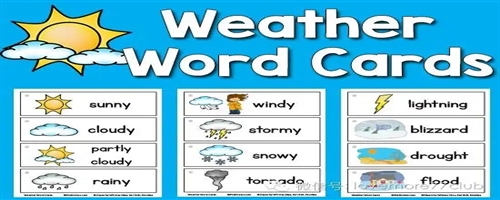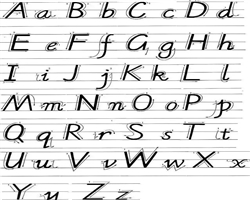一般将来时用法说明
一般将来时用法说明
1. 基本用法及表示方法
一般将来时的基本用法是表示单纯的将来事实,由“will / shall + 动词原形”构成:www.34en.com
We shall have a lot of rain next month. 下个月将下很多雨。
I think she will pass the exam. 我想他考试会及格的。
2. 表示将来时间的常见方法
英语中除了“will /shall+动词原形”表示将来时态外,还可以有以下多种方法:
(1) 用“be going to+动词原形”表示。主要表示打算和预测:
We are not going to stay there long. 我们不准备在那里久待。(表打算)
I’m afraid they’re going to lose the game. 恐怕他们会赛输。(表预测)
Look, it’s going to rain. 瞧,要下雨了。(表预见)
【注】be going to 后接动词go和come时,通常直接改用其进行时态:
Where is he going to go? / Where is he going? 他打算到哪里去?
(2) 用“be to+动词原形”表示。主要表示按计划或安排即将要发生的动作;有时也表示命令、禁止或可能性:
He is to leave for Beijing tomorrow. 他决定明天去北京。
Tell him he’s not to be back late. 告诉他不准迟回。
(3) 用“be about to+动词原形”表示。主要表示即将要发生的事:
He is about to leave. 他即将要离开。
Sit down, everyone. The film is about to start. 大家坐好,电影马上就要开始了。
【注】该结构通常不与具体的时间状语连用:
误:He is about to leave soon [tomorrow].
另外,该结构在美国英语中还可表示“打算”(主要用于否定句):
I’m not about to lend him any more money. 我不打算再借给他任何钱。
(4) 用“be due to+动词原形”表示。主要表示按计划或时间表将要发生某事:
He is due to leave very soon. 他很快就要离开。
His book is due to be published in October. 他的书计划10月份出版。
(5) 用现在进行时(即be+现在分词)表示。主要表示按计划或安排要发生的事:
The students are leaving on Sunday. 学生们星期日出发。
We’re having a party next week. 我们下星期将开一个晚会。
【注】该用法有时表示即将发生的动作:
I’m leaving. 我走了。
(6) 用一般现在时表示。表示按规定或时间表预计要发生的事:
The train leaves at 7:25 this evening. 火车今晚7:25分开。
Tomorrow is Wednesday. 明天是星期三。
We have a holiday tomorrow. 我们明天放假。
【注】在表示时间、条件等的状语从句以及某些名词性从句、定语从句等中,也用一般现在时表示将来意义。
- 关键字:
- 上一篇: 一般过去时用法说明
- 下一篇:几种将来时间表示法的比较
友友评论:
内容相关随机推荐:
暂无相关信息!
- 相关链接:
-
资源说明:
英语语法网英语语法网-时态语态-《一般将来时用法说明》
 。
。




